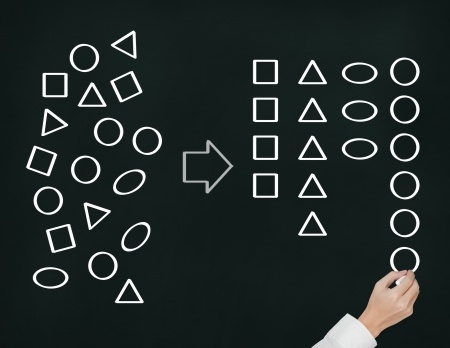3 min read
Personal Leadership Development Plan: Helping Teams Under Stress
IS YOUR TEAM UNDER STRESS?
The following is another lesson from my coaching play book about a leader whose team was...
By: Diane Ring on March 01, 2021

If you are a “next level” leader who is rising up into a role with higher levels of leadership responsibility, you must adopt new ways of thinking and acting, and more important, let go of old ways. This is sixth and last in a series describing 6 common pitfalls and key practices every emergent leader must pick up to cement their success based on best practices rolled into a framework called Rise Up™ Leadership Transitions.
Super Hero Syndrome: Fall into super-doing with lack of prioritizing; unrealistic appreciation for your capacity of what you can accomplish
Burn out of self and others, lack of credibility, missed opportunities to contribute most strategic value, unable to get important things over the finish line, poor performance
Prioritize and manage what you can pay attention to and therefore what you can accomplish
"Mindlessness," or as some people put it, "going on automatic pilot" is a natural human tendency. Autopilot is even likelier for rising leaders. Role transitions typically have a steep learning curve, high expectations, and high stakes. This pressure to perform puts the brain into high states of stress. High stress levels cause high cortisol levels resulting in diminished executive functioning of the brain.
Under high stress, the brain reverts to the most efficient way it knows to survive which are habits of thinking, feeling and doing. The result is our not being present for what is actually happening in the moment. The consequences of this inattention can be quite costly. They can result in our missing some really important things, and also in our ignoring really important information and messages about our work, our relationships, and even our own health.
Many of the pitfalls and derailers described in my Rise Up™ role transition process are caused by mindlessness. Yet many can be overcome by paying more careful attention in a particular way.
Mindfulness is being capable of knowing that seeing, or hearing, or smelling, or tasting, or feeling, or even thinking -- is happening in this, the present moment.
One of the times during the early days in a new role that it really pays to be mindful is when you are in situations that you know will trigger you emotionally, or often referred to as getting your “buttons pushed.”
Based on the Enneagram personality system, below are typical emotional triggers for 9 different personality styles. Which applies most to you?
How can you focus your attention on being present to what is happening in the moment?
Once you have analyzed this common triggering situation, you will have equipped yourself with greater self awareness and a pre-emptive plan to put into practice the next time it happens. You will be better able to bring mindfulness to your response.
Over the past 20 years, I have observed patterns that differentiated successful transitions from those where leaders succumbed to common pitfalls and minefields. Most often, the leaders who struggled, or failed, could have prevented this from happening with a better managed transition and stronger mindfulness practices.
Don’t succumb to sink or swim, go it alone transitions.
Check out these blog posts to create successful leadership transitions for you and your company!
Nov 4, 2021by Diane Ring
IS YOUR TEAM UNDER STRESS?
The following is another lesson from my coaching play book about a leader whose team was...
Nov 3, 2021by Diane Ring
There is nothing like a sudden change of executive leadership to trigger all kinds of personality dynamics in a team....
Nov 2, 2021by Diane Ring
More than 70% of executives are not effective at supporting new-to-role peers and managers according the Corporate...